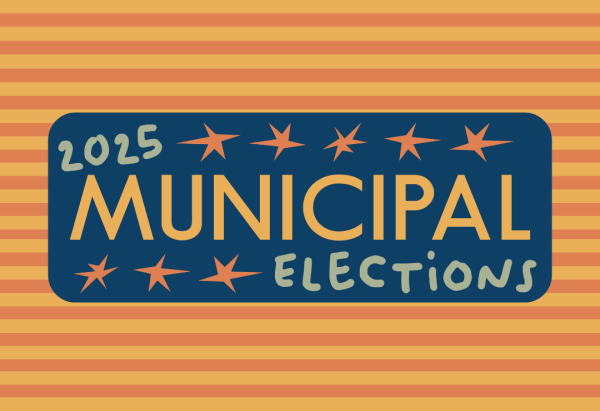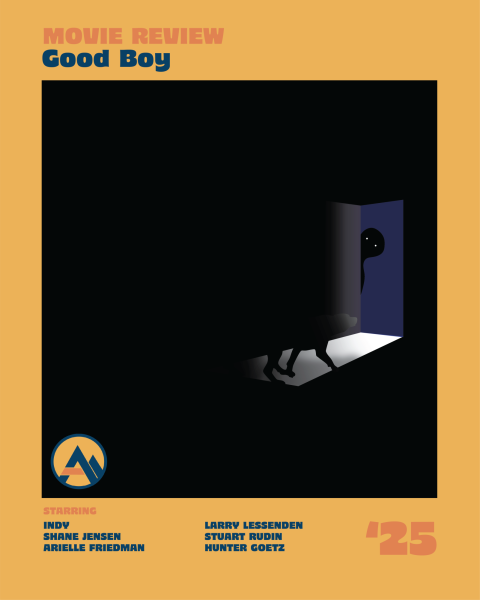OPINION: App State is pricing out its students
March 14, 2022
We are a species preserved and directed by learning. Learning is vital to the function of civilization and our sense of self. The institution of higher education is the most esteemed form of learning available in our society, yet each year, it is becoming less accessible to financially disadvantaged individuals due to the rapidly increasing cost of tuition in the U.S. In order to prevent higher education from being morphed into an upper-class luxury, those in academic and legislative positions of power must acknowledge higher learning as a right rather than a privilege to those who can afford it. To improve accessibility to higher education, it’s imperative for the cost of tuition to be lowered.
Tuition costs in the U.S. are increasing at twice the rate of general inflation. The rapid rise in the cost of attendance at universities across the country should not inspire shock. For years, up-and-coming undergraduates observed with growing anxiety as the cost of attendance at universities across the country made their ascent. The average tuition cost for private universities in the country is now positioned just below the average household income. For the 2021-22 academic year, the average cost of attendance in the U.S. is $22,180 at a public university and a demoralizing $50,770 at private universities.
Financial aid does substantially less to close the gap than we are led to believe. A paper from the Reserve Bank of New York suggests the increasing rates of tuition are partially a result of the increasing abundance of federal student loans. As the access to federal student loans has increased, universities are charging more for attendance in response. The incentive to do this is simple: if students are able to borrow more money to spend on college, institutions are able to justify charging more, placing affordable higher education out of reach of lower income students. Low income students feel pressure to meet the new cost at any means necessary in order to not miss out on an opportunity painted as a symbol for success yet blocked by financial barriers.
For those who think the situation can be redeemed through scholarship and grant opportunities, I regret to report this is not an overwhelmingly hopeful prospect. Although App State offers many departmental, merit and need-based scholarship opportunities, they are incredibly labor-intensive and difficult to get. For the 2020-21 academic year, only 70 of the 2,000 scholarship applicants received a signature scholarship. To add to this, App State does not offer sibling discounts or reduced tuition to children of university alumni or faculty, both of which are offered at many universities nationwide and would be helpful considering 92.1% of App State students are in-state.
In regard to the Pell Grant, it sometimes falls short in helping make college affordable for lower income students. Students who are eligible for the Pell Grant are likely to see money subtracted from the financial aid offer prepared for them by their institution, which means the students will be required to pay the same amount in tuition, and the university saves money.
In addition to the high tuition costs, students are also required to have money at hand for expenses excluded from the cost of attendance. The cost of attending a university increases a great deal when parking, transportation, technology, emergency purchases and other expenses are taken into account. Students coming from lower-income households likely have limited help in this area from family, which also puts them in a disadvantageous position in relation to their peers.
While keeping their head above water isn’t so much an issue for students of a high socioeconomic class, the expensive and steadily increasing tuition costs are a concern for lower and middle-income students and their families. If the trend of rising tuition persists, many students will be deprived of the college experience altogether or forced to make life-altering financial decisions in order to obtain it. Not only are those in authoritative academic and legislative positions withholding the opportunity of a higher education from underprivileged youth, they are also depriving future generations of innovators, revolutionary thinkers, leaders and pioneers of a new intellectual generation. Steps must be made immediately to decrease the unmanageable cost of tuition in the U.S. for the sake of disadvantaged students, future generations and the concept of learning in its foundation.














MuChao • Mar 15, 2022 at 11:13 am
But how are we gonna afford to pay for all the administrators and an Athletics dept. that loses over $20 million dollars each and every year?! Won’t somebody *please* think about how lowering prices is going to negatively impact the absurdly high incomes of coaches and administrators!